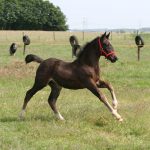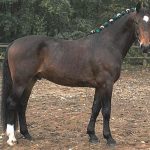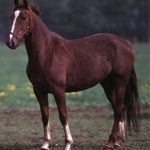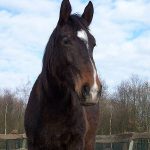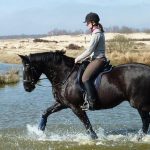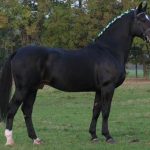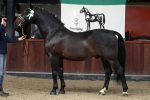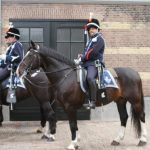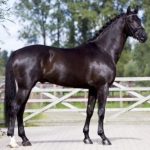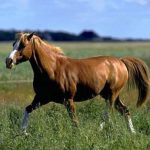Groningen Horse
The Groningen Horse is a breed that developed in the Netherlands that developed as a working horse (light draft work). However, because of their calm disposition and low maintenance cost, they are quite popular as a family horse as well. However, they are suitable for moderately experienced owners.
Groningen Horse Pictures
- Groningen Horse Foal
- Groningen Horse Images
- Groningen Horse Mere
- Groningen Horse Pictures
- Groningen Horse Riding
- Groningen Horse Stallion
- Groningen Horse
- GroningsePaard
- Images of Groningen Horse
- Pictures of Groningen Horse
Quick Information
| Other Names | Groninger, Groningse Paard |
| Behavioral Characteristics | Calm, willing, adaptable, submissive |
| Physical Traits | The profile is straight with a level topline, a long head, a muscular and medium-lengthed neck, and a deep, broad chest; the hindquarters are powerful with short legs, strong joints, and well-shaped hooves |
| Coat Colors | Two common skin colors: bay and black |
| Height/Size | 15.3 – 16.1 hands (adult) |
| WeightCategory | Heavy |
| Common Uses | Show jumping, mounted athletics (including rodeo), dressage, combined driving, eventing, endurance, pleasure mount (general riding) |
| Health Problems | The breed is robust and long-lived, with no breed-specific issues |
| Type | SportsHorse, Show Horse, Family Horse, Riding Horse |
| Blood Type | Warm |
| Ancestors (Bloodlines) | Oldenburg, East Friesian, local breeds |
| Popular Traits | Easily manageable, multi-talented, excellent in jumping, durable |
| Feeding/Diet | Typical horse diet like grass, hay, grains, etc. |
| Time of Origin | Late 1800s |
| Country of Origin | The Netherlands |
Video: Groningen HorseCombined Driving Sports Event
History and Development
The Groningen were originally bred for agriculture and transportation works. They evolved in Groningen, a province situated in the northwestern part of the Netherlands, from which it gets its name.
It developed in the late 1800s as an attractive cross with a sweet temperament, endurance, and hardiness, by mixing the Oldenburg and the East Friesian strains with the native breeds. This resultant animal was a utility horse that was used in carriages, as well in the heavy-weight saddle.
However, because the mares were used in large numbers for cross-breeding with other breeds, the breed became endangered during the industrialization of Europe, with the tractors taking over the agricultural sectors, while cars and trains, the transportation. The effect was so intense that, in 1978, only one pure-bred stallion named Baldewijn was left, and was rescued from a butcher.
Interested breeders took the horse and began to mate it with 20 Oldenburg mares. The breed managed to revive though, but at a slow pace. At present, the Groninganbreed has been absorbed into the Dutch Warmblood breed by the breed’s registry and has been designated as a ‘basic type’ in their studbook.


